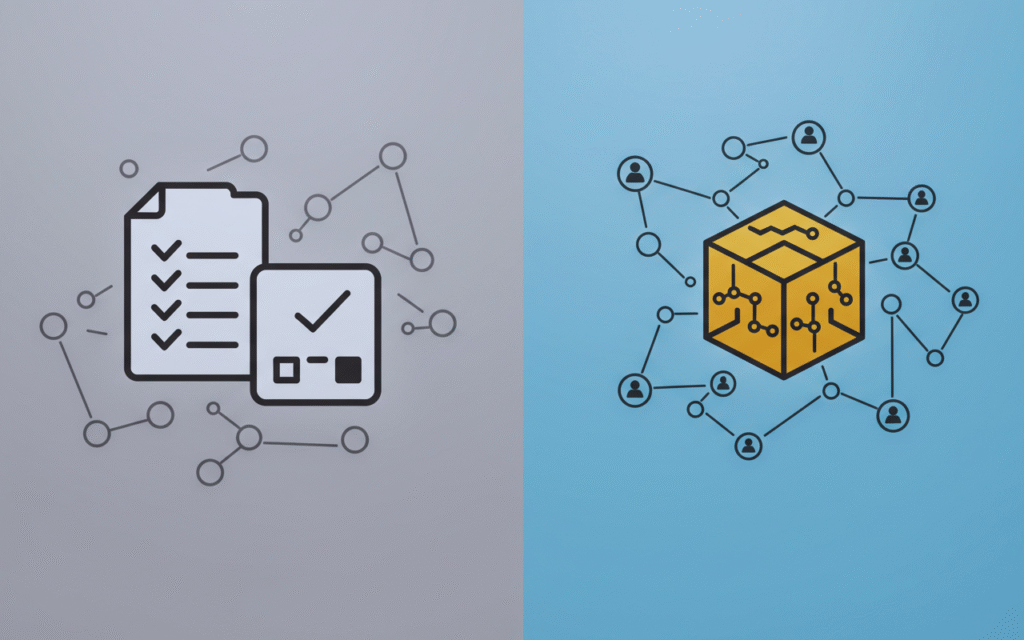In the ever-evolving world of blockchain technology, there are various consensus mechanisms designed to secure networks and validate transactions. One of the widely discussed and implemented mechanisms is Delegated Proof of Stake (DPoS). If you’re curious about which blockchains use DPoS and why it’s such a popular choice, you’ve come to the right place! Let’s break it down in a friendly and easy to understand way.

What is DPoS?
Before diving into specific blockchains, let’s quickly recap what DPoS is all about. Delegated Proof of Stake is a consensus algorithm that was introduced as an improvement over Proof of Stake (PoS). It’s designed to be faster, more efficient, and more democratic.
In DPoS, token holders vote for a small group of delegates (also called witnesses or block producers) who are responsible for validating transactions and creating new blocks. Think of it like electing representatives in a democracy.
These delegates are incentivized with rewards for their work, and if they fail to perform their duties or act maliciously, they can be voted out and replaced. This system ensures scalability, reduces energy consumption, and keeps the network decentralized while still being highly efficient.
Popular Blockchains That Use DPoS
→ Now that we’ve covered the basics, let’s explore some of the most well-known blockchains that utilize the DPoS mechanism:
1. EOS
EOS is one of the most prominent blockchains that employs DPoS. Created by Block.one, EOS aims to provide a scalable platform for decentralized applications (dApps). Its DPoS mechanism allows for high-speed transactions with minimal fees, making it an attractive choice for developers.
In the EOS ecosystem, 21 block producers are elected by token holders to validate transactions and maintain the network. This small group of producers ensures that the network operates efficiently while still being decentralized.
2. TRON
TRON is another blockchain that has adopted the DPoS consensus model. Known for its focus on content sharing and entertainment applications, TRON has gained significant traction in recent years. The network uses a system of 27 “Super Representatives” who are elected by TRON token holders. By leveraging DPoS, TRON achieves high throughput and low transaction costs, key factors in its mission to decentralize the web.
3. Steem
Steem is a blockchain specifically designed for social media and content platforms. If you’ve ever heard of Steemit (a blockchain-based blogging platform), it runs on the Steem blockchain. Steem uses DPoS to ensure fast and fee-less transactions, which is essential for a platform where users frequently interact and post content. In this system, 21 witnesses are chosen by Steem token holders to maintain the network. The result? A seamless user experience for content creators and consumers alike.
4. BitShares
BitShares is one of the earliest implementations of the DPoS mechanism. Created by Dan Larimer (who also played a key role in developing EOS and Steem), BitShares is a decentralized exchange platform that allows users to trade digital assets without relying on centralized intermediaries. Its DPoS system ensures fast transaction processing while maintaining decentralization, making it a pioneer in the blockchain space.
5. Lisk
Lisk is another blockchain that leverages DPoS to power its ecosystem. Lisk focuses on enabling developers to build decentralized applications using JavaScript, a programming language familiar to many developers. The DPoS system in Lisk relies on 101 active delegates who are elected by token holders. This approach ensures that the network remains secure while supporting scalability for dApp development.
6. ARK
ARK is a blockchain platform designed to make blockchain technology accessible to everyone. It uses DPoS to achieve scalability and efficiency while maintaining decentralization. ARK token holders vote for delegates who validate transactions and maintain the network. With its user-friendly approach and innovative features, ARK stands out as a versatile blockchain platform powered by DPoS.
Why Do Blockchains Choose DPoS?
You might be wondering why so many blockchains are opting for DPoS over other consensus mechanisms like Proof of Work (PoW) or traditional Proof of Stake (PoS). Here are some key reasons:
- Scalability: DPoS is known for its ability to handle a high volume of transactions per second (TPS). This makes it ideal for applications that require speed and efficiency, such as dApps or decentralized exchanges.
- Energy Efficiency: Unlike PoW, which requires significant computational power (and electricity), DPoS is much more energy-efficient. This aligns with the growing demand for sustainable blockchain solutions.
- Decentralized Governance: By allowing token holders to vote for delegates, DPoS promotes community participation and decentralized decision-making. This gives users a sense of ownership in the network.
- Low Transaction Fees: Many DPoS-based blockchains boast minimal or even zero transaction fees, making them attractive for users and developers alike.
- Flexibility: The voting system in DPoS allows networks to adapt quickly if a delegate fails to perform their duties. This ensures the network remains secure and operational at all times.
Potential Drawbacks of DPoS
While DPoS offers numerous benefits, it’s not without its critics. Some argue that the system can lead to centralization since only a small number of delegates are responsible for maintaining the network. Additionally, there’s a risk that large token holders may dominate voting power, potentially undermining the democratic nature of the system.
However, many DPoS-based blockchains are actively working on solutions to address these concerns and improve their systems further.
Conclusion
Delegated Proof of Stake has proven to be a game-changer in the blockchain world, offering speed, efficiency, and energy savings without compromising decentralization (at least in theory). Blockchains like EOS, TRON, Steem, BitShares, Lisk, and ARK have embraced this mechanism to power their networks and achieve their unique goals.
As blockchain technology continues to evolve, it’s exciting to see how DPoS will adapt and grow alongside other consensus mechanisms. Whether you’re a developer, investor, or simply an enthusiast, understanding how these systems work can help you appreciate the innovation happening in this space.


![[Blockchain Beyond Cryptocurrency] The Untapped Potential Across Industries](https://mineatech.com/wp-content/uploads/2025/08/blockchain-beyond-cryptocurrency-the-untapped-potential-across-industries-348x215.png)
![What Is a Blockchain Consensus Algorithm? [Explained Simply]](https://mineatech.com/wp-content/uploads/2025/08/what-is-a-blockchain-consensus-algorithm-explained-simply-348x215.png)